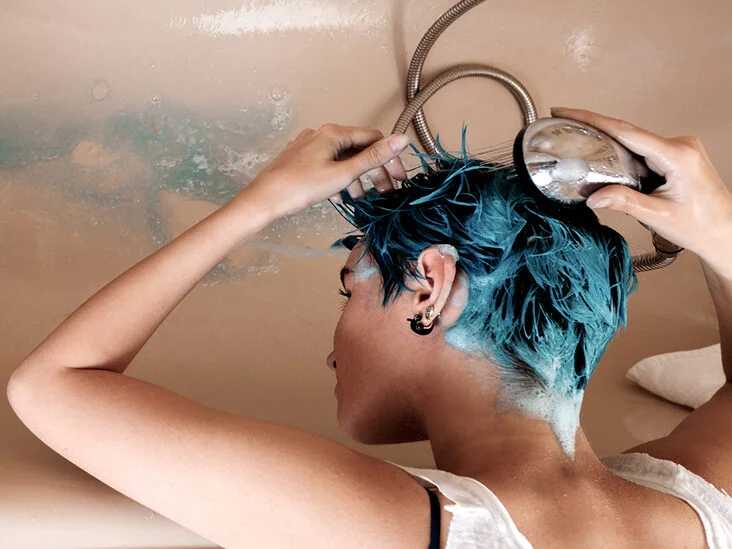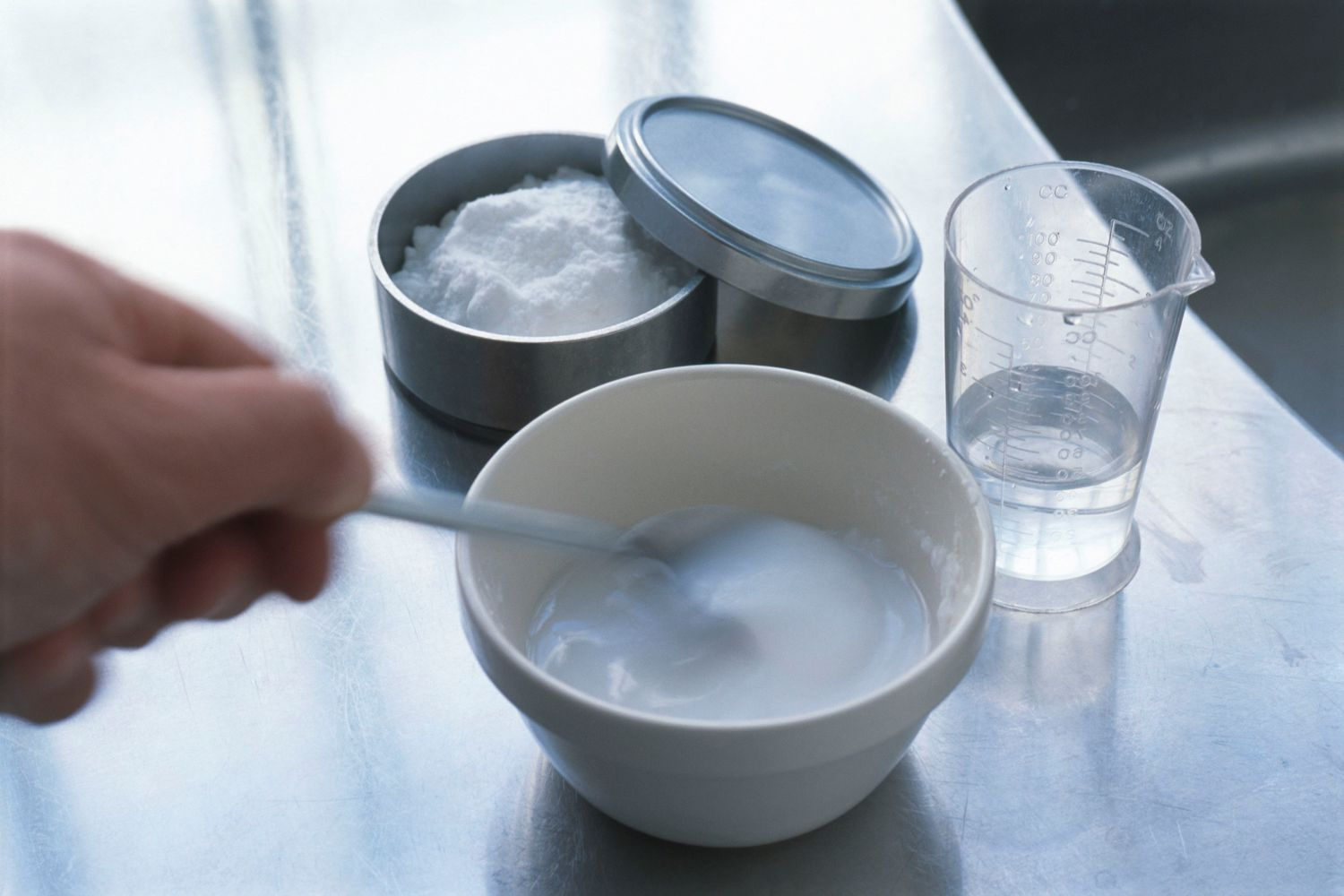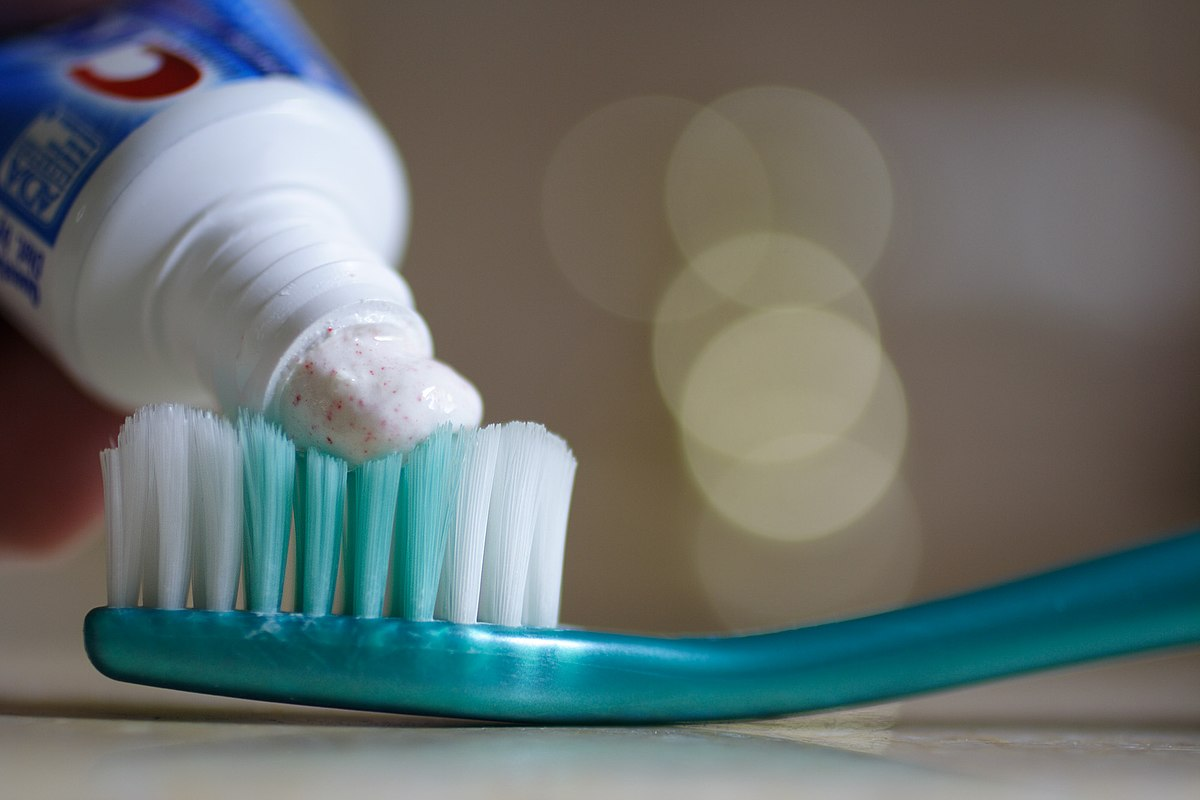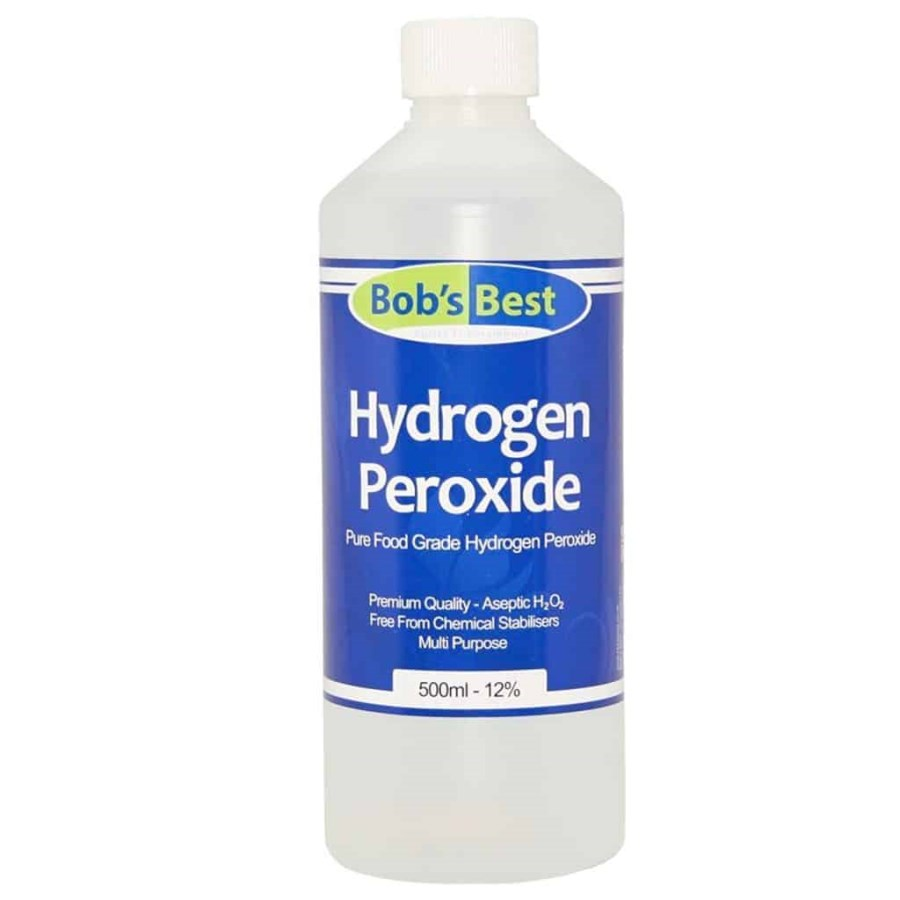Are you ready to switch up your hair color and embark on a transformative journey? When it comes to dyeing your hair, the decision between using box dye at home or visiting a salon can be a tough one. Whether you’re looking for a quick and affordable solution or seeking the expertise of a professional colorist, we’ve got you covered. Join us as we delve into the world of hair color transformation and discover the best approach to achieve your desired look. So, let’s weigh the options and find the perfect path for your hair color journey, ensuring a stunning and satisfying outcome.
Who Should Consider Box Dye
Box dye, also known as home hair color kits, is a packaged product containing all the essentials for coloring one’s hair. It typically includes a bottle of developer, colorant, gloves, and instructions. The color options vary, ranging from natural hues to bold and vibrant shades. With box dye, you have the freedom to choose the level of permanence, the shade intensity, and even experiment with trendy techniques like ombre or highlights.

Box dye is a popular choice among individuals who prefer to color their hair in the comfort of their own home. It appeals to those who value convenience, cost-effectiveness, and the ability to experiment with different shades without making a commitment. DIY enthusiasts, budget-conscious individuals, and those seeking a quick fix often find box dye to be an attractive option.
For instance, college students who want to switch up their look for a party or special event might opt for box dye due to its affordability and ease of use. Additionally, busy professionals who struggle to find time for salon appointments may find box dye to be a practical solution for maintaining their desired hair color.
How to Use Box Dye Effectively
Preparing for the Process:
- Read the instructions carefully and gather all the necessary items provided in the box.
- Perform a patch test to check for potential allergic reactions or sensitivity.
- Protect your clothing and surroundings by laying down old towels or using a hair coloring cape.
Sectioning and Applying:
- Divide your hair into manageable sections using clips.
- Start applying the dye from the roots, working your way down to the ends.
- Ensure complete coverage by combing through the hair with a wide-toothed comb.
Processing Time:
- Follow the recommended processing time mentioned in the instructions.
- Set a timer to avoid over-processing, which can lead to damage or undesirable results.
Rinsing and Aftercare:
- Thoroughly rinse the hair until the water runs clear.
- Apply the provided conditioner to nourish and hydrate your newly colored locks.
- Follow any additional aftercare instructions mentioned on the box.
When to Opt for a Pro

While box dye offers convenience and affordability, there are instances where seeking professional hair color services at a salon is the better choice. Here’s when you should consider booking an appointment with a skilled hairstylist:
Complex Color Transformations: If you’re looking to make a drastic change in your hair color, such as going from dark brown to platinum blonde or attempting complicated color corrections, a salon is your best bet. Trained professionals can assess your hair’s condition, recommend suitable treatments, and achieve the desired results while minimizing damage.
Expertise and Precision: Hair colorists undergo extensive training and possess in-depth knowledge of color theory, formulation, and application techniques. Their expertise enables them to create custom blends, seamlessly blend highlights, and address any underlying issues such as uneven color or stubborn grays.
Special Occasions: When a special event or important occasion is on the horizon, leaving your hair color in the hands of a professional can ensure you look your absolute best. Salons specialize in delivering stunning results that perfectly complement your overall style and enhance your confidence.
Comparing Box Dye and Salon Color
Color Quality: Salon color tends to offer more precise and consistent results, as professionals have access to high-quality products and expertise in color mixing. Box dye results may vary depending on application techniques and the brand’s quality.
Customization: Salons provide personalized consultations to determine the best color for your skin tone, eye color, and hair condition. Box dye offers limited customization and often requires experimenting on your own.
Expertise: Professional colorists are trained in color theory, formulation, and application techniques. They have the expertise to address specific hair concerns and create customized looks. With box dye, you rely on your own knowledge and skills, which may not be as extensive.
Damage and Hair Health: Salon colorists understand how to minimize damage and maintain hair health during the coloring process. They can recommend treatments and products to keep your hair in optimal condition. Box dye may pose a higher risk of damage if not used correctly or if the wrong shade or formula is chosen.
Longevity and Fade Resistance: Salon color tends to last longer and fade more gracefully compared to box dye. Professional-grade products and application techniques contribute to better color retention and longevity.
Color Corrections: In case of mistakes or undesirable results, salon color offers easier options for color corrections. Professionals can adjust the color, tone, or intensity to achieve the desired outcome. Box dye may require additional applications or even professional help to correct mistakes.
Overall Experience: A visit to the salon provides a pampering experience where you can sit back and relax while professionals take care of your hair. Box dye requires self-application and may not offer the same level of relaxation or indulgence.
How to Choose Between Box Dye and Salon Color
Consider Your Desired Outcome: Determine the specific look you want to achieve. If it involves complex transformations, drastic changes, or intricate techniques, consider seeking professional help at a salon.
Assess Your Budget: Evaluate your budgetary constraints and decide how much you are willing to spend on hair color. Keep in mind that salon services tend to be more expensive than box dye kits.
Evaluate Your Skills and Comfort Level: Be honest with yourself about your experience and comfort level when it comes to coloring your own hair. If you have limited experience or lack confidence, seeking professional assistance may yield better results.
Analyze Time Constraints: Consider your schedule and availability. If you have a hectic lifestyle and struggle to find time for salon appointments, box dye may be a more practical solution.
Research and Consultation: Take the time to research reputable salons in your area or read reviews of various box dye brands. If you’re unsure, consult with a professional hairstylist who can provide personalized advice based on your hair type and desired outcome.
Weigh the Pros and Cons: Consider the advantages and disadvantages of both options based on your unique circumstances, preferences, and priorities.
Make an Informed Decision: Once you have considered all the factors, make a decision that aligns with your budget, skills, time availability, and desired outcome.
Tips for Successful Hair Coloring
Whether you choose box dye or salon color, here are some valuable tips to ensure successful hair coloring:
- Do a Strand Test: Before applying color to your entire head, perform a strand test to see how the color reacts with your hair and to check if you’re satisfied with the result.
- Follow Instructions to the Letter: Whether it’s a box dye or salon color, always follow the instructions provided carefully. Deviating from the recommended guidelines can lead to unexpected outcomes.
- Protect Your Skin and Clothing: Apply a barrier cream or petroleum jelly along your hairline and wear old clothes or use a color cape to protect yourself from accidental staining.
- Deep Condition Regularly: Regardless of the hair coloring method, it’s essential to deep condition your hair regularly to maintain its health and hydration.
- Use Color-Safe Products: Invest in color-safe shampoos, conditioners, and styling products specifically formulated to preserve and enhance the longevity of your hair color.

The Best Choice: Box Dye or Salon?
Choosing between box dye and salon color is a significant decision that can greatly impact the outcome of your hair coloring journey. Understanding the advantages, disadvantages, and alternatives to each option allows you to make an informed choice based on your individual circumstances. Consider factors such as budget, desired outcome, expertise, and time availability to determine which path is best suited for you. Whether you decide to embrace the convenience of box dye or indulge in the expertise of salon color, remember to prioritize the health and well-being of your hair throughout the process.
FAQs
- Can I use box dye to achieve highlights or balayage? Yes, some box dye brands offer kits specifically designed for achieving highlighted or balayage looks. However, achieving salon-quality results with these techniques can be challenging without professional expertise.
- Is salon color always more expensive than box dye? Generally, salon color tends to be more expensive due to the expertise, time, and high-quality products involved. However, there are variations in pricing depending on the salon and the specific services requested.
- Can I switch between box dye and salon color for different hair color needs? Yes, you can switch between box dye and salon color based on your preferences and specific hair color needs. Just ensure that you consider the pros and cons of each option for the desired outcome.
- Are there any risks associated with using box dye at home? Using box dye at home carries certain risks if not executed properly. These risks include uneven color, damage to the hair, or allergic reactions. It’s crucial to follow the instructions carefully and perform patch tests before applying the product.
- How often should I touch up my hair color at the salon? The frequency of touch-ups at the salon depends on various factors, such as the rate of hair growth, the desired color intensity, and the type of color treatment used. Typically, touch-ups are done every 4-6 weeks to maintain the vibrancy and freshness of the color.











